Your phone buzzes. A notification from a social media app. An email pops up on your desktop. Then another. Your browser has… how many tabs open again? This constant, low-grade hum of digital distraction is the new normal. It frays our attention, steals our time, and honestly, leaves us feeling drained.
Digital minimalism isn’t about throwing your laptop in a lake and becoming a hermit. Far from it. It’s a philosophy of intentionality. It asks a simple but powerful question: Is this technology serving me, or am I serving it? Let’s explore the tools and practices that can help you clear the digital clutter and build a more focused, fulfilling online life.
The Foundation: Mindset Shifts Before Toolkits
Before we dive into the apps and extensions, we need to talk about mindset. Tools are just… tools. Without a shift in how you view your digital life, they’re just temporary fixes. Think of it like decluttering your home—you can buy all the fancy storage bins you want, but if you don’t change your shopping habits, the clutter just comes back.
The 30-Day “Digital Declutter”
Popularized by Cal Newport, this is a radical but effective reset. For 30 days, you take a step back from optional technologies in your life. That means deleting social media apps, silencing non-essential notifications, and stepping away from casual streaming. It sounds intense, and it is. But this break creates the space you need to ask yourself what you genuinely miss and what value those tools actually bring back.
Intentionality Over Defaults
Most of us use tech on default mode. We open Instagram because our thumb finds the icon on its own. We scroll because it’s there. The practice of digital minimalism asks you to move from passive consumption to active choice. Before you open an app or a browser tab, pause for just a second. Ask: “What is my specific purpose for this?” If you don’t have a good answer, close it.
Essential Digital Minimalism Tools for Your Arsenal
Okay, now for the good stuff. Here are some tools that act as guardrails, helping you maintain that intentional mindset even when your willpower is low.
Taming the Browser Beast
Your web browser is a gateway to infinite distraction. These tools help you build a better gate.
- Blockers & Limiters: Tools like Freedom, Cold Turkey, and LeechBlock NG are your digital bouncers. You can block entire websites (looking at you, Twitter), or set strict time limits. Schedule focus sessions where your favorite time-sinks are completely inaccessible.
- Tab Management: If you’re a chronic tab-hoarder, extensions like OneTab or Workona can be lifesavers. They collapse all your tabs into a single, manageable list, reducing cognitive load and browser memory usage. It’s like tidying your digital desk with one click.
- Search Engine Swaps: Try using a minimalist search engine like Kagi or DuckDuckGo. Their cleaner interfaces lack the noisy, personalized feeds of mainstream engines, helping you stay on task.
Reclaiming Your Smartphone
This is often the epicenter of digital chaos. It’s time to take back control.
- Radical Home Screen Makeover: Remove every non-essential app from your home screen. Seriously. Move them all into folders on a second or third screen. This simple act of “hiding” apps adds just enough friction to break the mindless opening habit.
- Grayscale Mode: This one feels weird at first, but it’s a game-changer. By turning your phone to grayscale, you strip away the dopamine-triggering colors that make apps so addictive. You can usually find this under “Accessibility” settings. The digital world suddenly becomes a lot less compelling.
- App Timers & Focus Modes: Both iOS and Android have built-in features to show you how much time you’re spending in apps and allow you to set daily limits. Use them! And don’t ignore “Focus Mode” or “Do Not Disturb”—they are powerful signals to both your device and your brain that it’s time to concentrate.
Daily Practices for Sustainable Digital Wellness
Tools set the stage, but daily habits are the main performance. Here are some simple, effective practices for integrating digital minimalism into your routine.
Notification Neutering
Go through your phone and computer right now and turn off every notification that isn’t from a real human trying to reach you directly (like a text or call). Group chats, news alerts, promotional emails—off. Your attention is a precious resource. Stop letting every app bid on it with a buzz.
The Single-Tab Sabbath
Challenge yourself to work with just one browser tab open at a time. Finish a task, close the tab, then move to the next. It forces a linear, focused workflow that is incredibly effective at combating the myth of multitasking.
Curating Your Inputs
Be ruthless about what you allow into your digital space. Unsubscribe from newsletters you never read. Unfollow accounts that make you feel anxious or inadequate. Prune your podcast list. Your digital life should feel like a well-tended garden, not a wild, overgrown thicket of stuff.
| Practice | The “Why” Behind It | Quick Win |
| Tech-Free Zones | Creates physical spaces for connection and rest. | No phones at the dinner table. Ever. |
| Email Batching | Prevents inbox from becoming a constant interruption. | Check email only at 11 AM and 4 PM. |
| The Analog Alternative | Reconnects you with the physical world. | Read a physical book instead of scrolling before bed. |
The Payoff: What You Gain When You Digitally Declutter
So, what’s the point of all this effort? Well, it’s not just about having a cleaner phone. It’s about what flows into the space you create. When you’re not constantly reacting to pings and alerts, you rediscover something that feels almost… vintage: deep focus.
You’ll find you have more time for the things that truly matter—reading a challenging book, learning a skill, having an uninterrupted conversation. The mental static fades, and in its place comes a sense of calm and agency. You stop feeling like a pinball in a machine, bounced from one distraction to the next.
In the end, digital minimalism tools and practices offer a quiet rebellion against the constant demand for our attention. It’s a conscious choice to use technology as a tool for a better life, not as the environment in which life happens. The noise of the digital world isn’t going away. But you can always choose to turn down the volume.
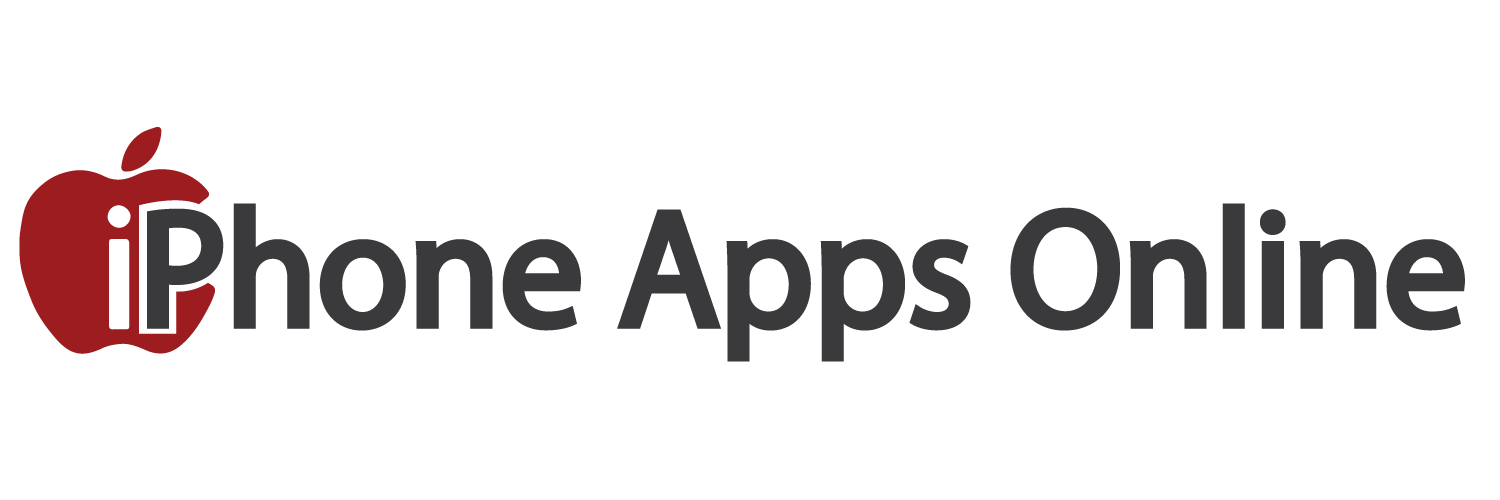
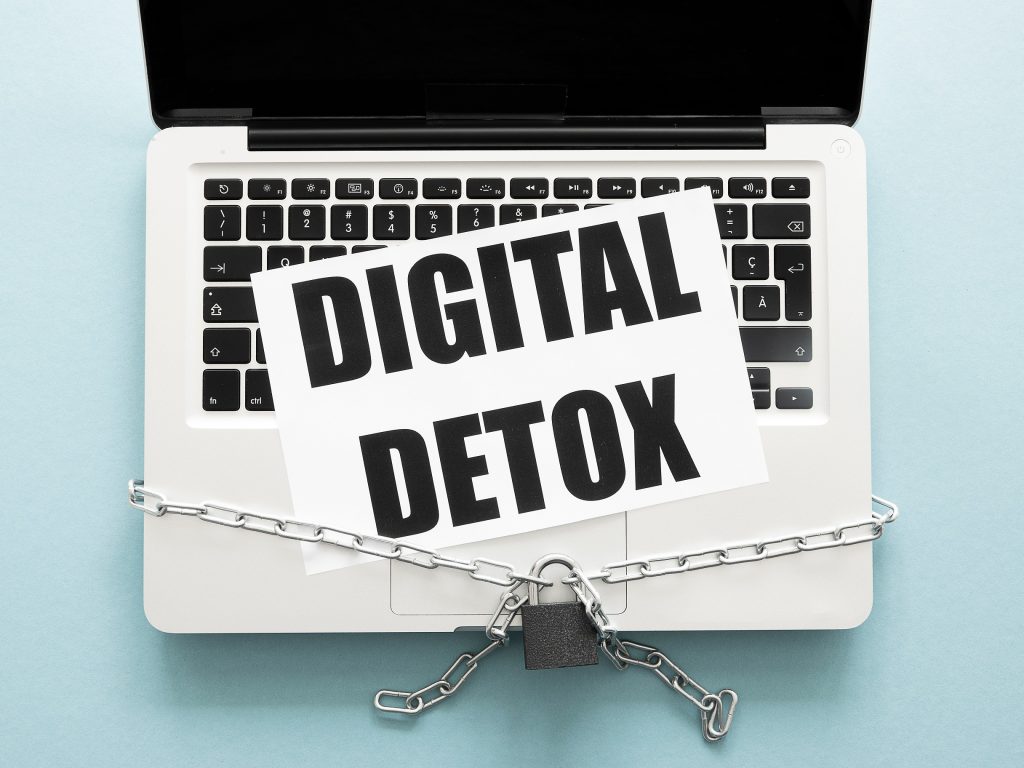

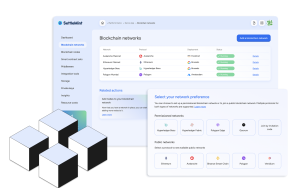
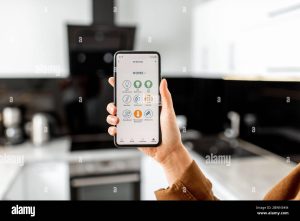
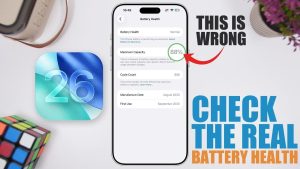
More Stories
Smart Home Automation for Renters: Your Guide to a Smarter, Temporary Space
Sustainable Tech Innovations for Reducing Digital Carbon Footprints
What is Best Available Technology?